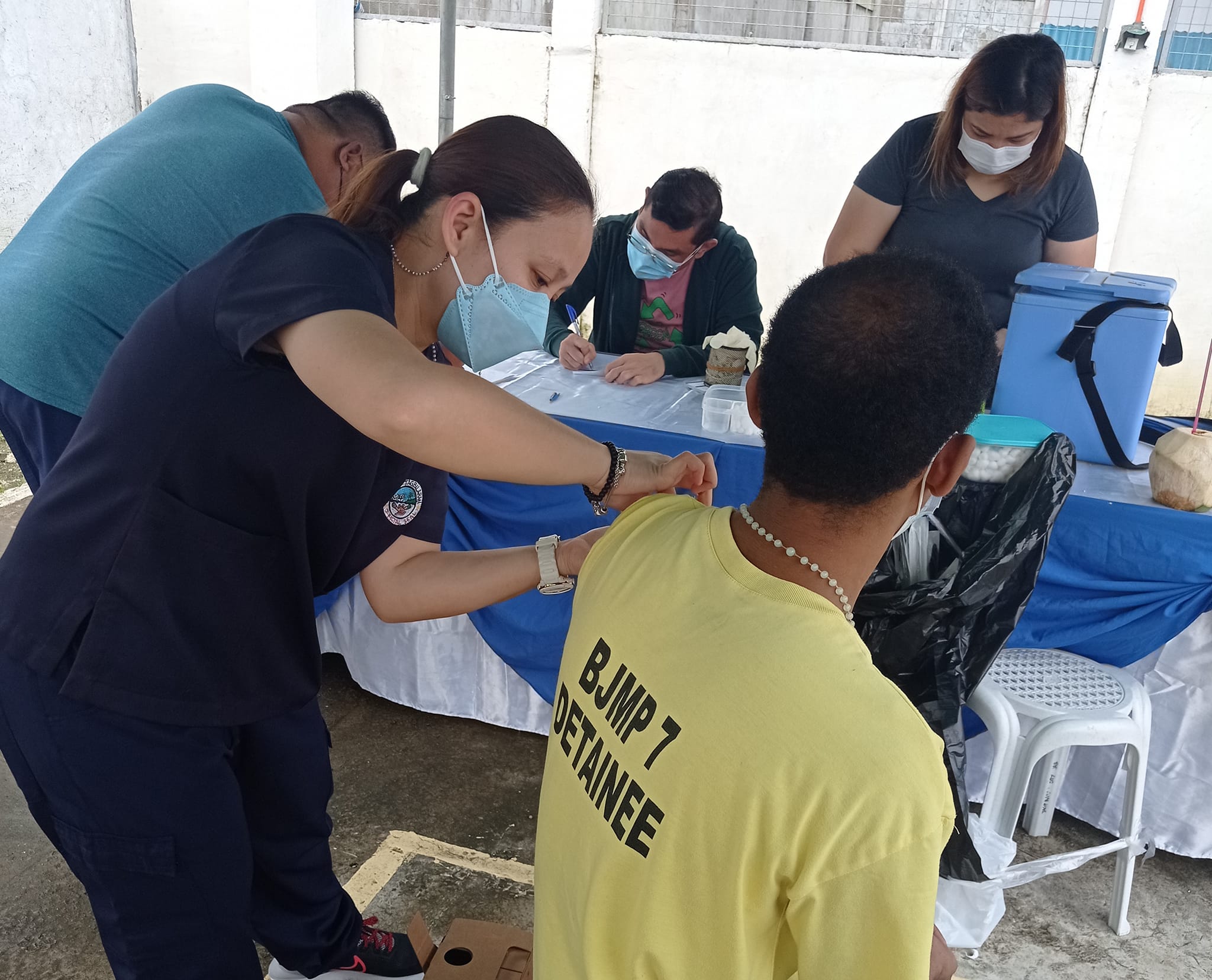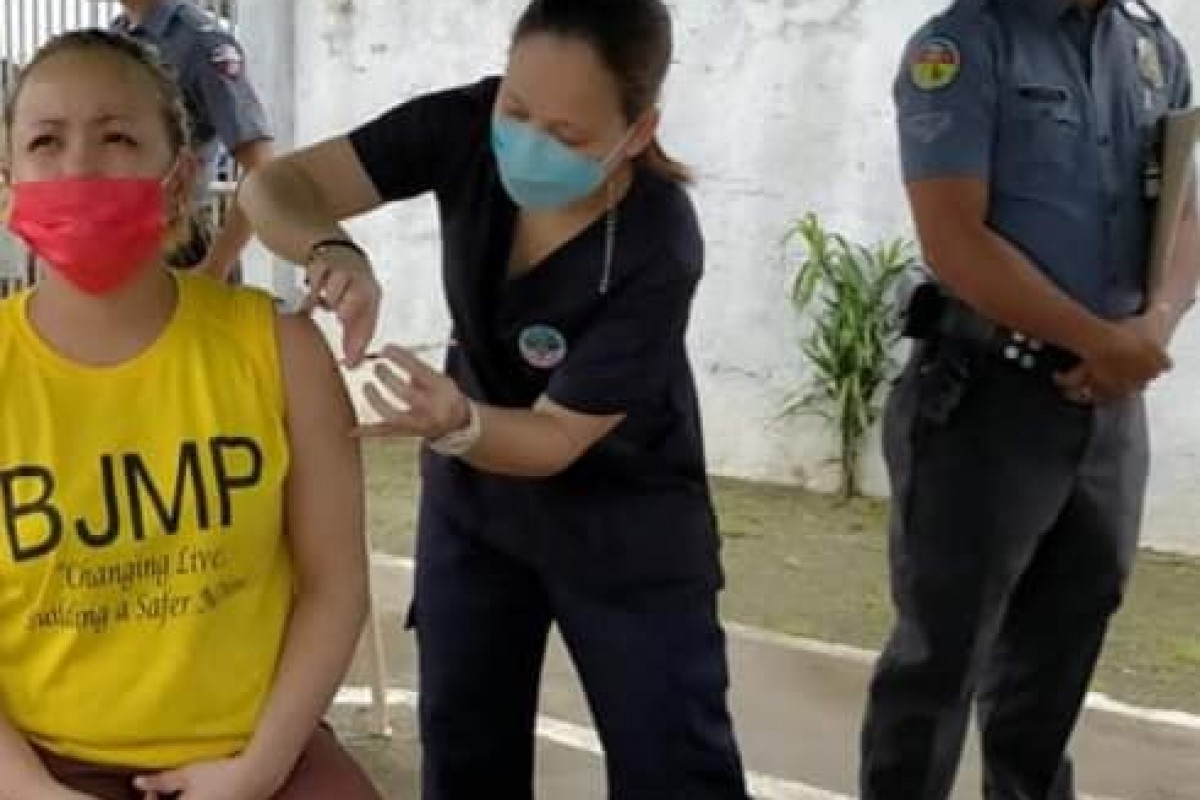
TAGBILARAN CITY, Bohol, Jan. 23 (PIA) -- Receiving nearly 1.5 million doses of vaccines for the identified 961,872 Boholanos in the COVID-19 protection priority list, local vaccine program authorities vaccinated 61% of its target population a year and 10 months into the goal of attaining herd immunity against the fatal disease.
The available vaccines are still not enough to cover Bohol’s targeted individuals, as there is still some 316,000 more needed to get to the 70% of its priority population pegged at 961,872.
In its Jan. 1 COVID Vaccination Report, the Provincial Government through the Bohol Inter-Agency Task Force on the Management of Emerging Infectious Diseases (BIATF) bared that the inoculations have covered two doses for 589,212 Boholanos.
This is 61.25% of the 70% target, or a little over half of the nearly a million Boholanos for vaccination.
Meanwhile, the same report also showed that 507,259 Boholanos have received their first dose, which is 52.73% of the 70% target population for herd immunity.
Now trying to pick the pace after the holidays and the typhoon that hit island mid-December, Bohol vaccination teams have more reasons to get to its targets as fast as possible.
Believed to be the most effective way to stop the spread of the highly contagious viral disease that has already killed 584 Boholanos, vaccination activities have encountered problems in the delivery of the vaccines, technical requirements of cold storage, the hesitancy of the population to get the shots, and the calamity that has effectively disrupted vaccine operations.
Already reported with two major surges and still a potential third surge in the offing, COVID-19 has mutated into several variants.
According to the World Health Organization (WHO), the prospect that Omicron could bring is a full spectrum of disease, from asymptomatic infection, mild infection, and people needing hospitalization.
Although admittedly less severe compared to Delta, Omicron can bring in more cases, which means more hospitalizations.
WHO wants people with underlying conditions and the senior citizens protected even if it were mild infection, as they are at an increased risk of developing severe disease. (RAHC/PIA7 Bohol)



